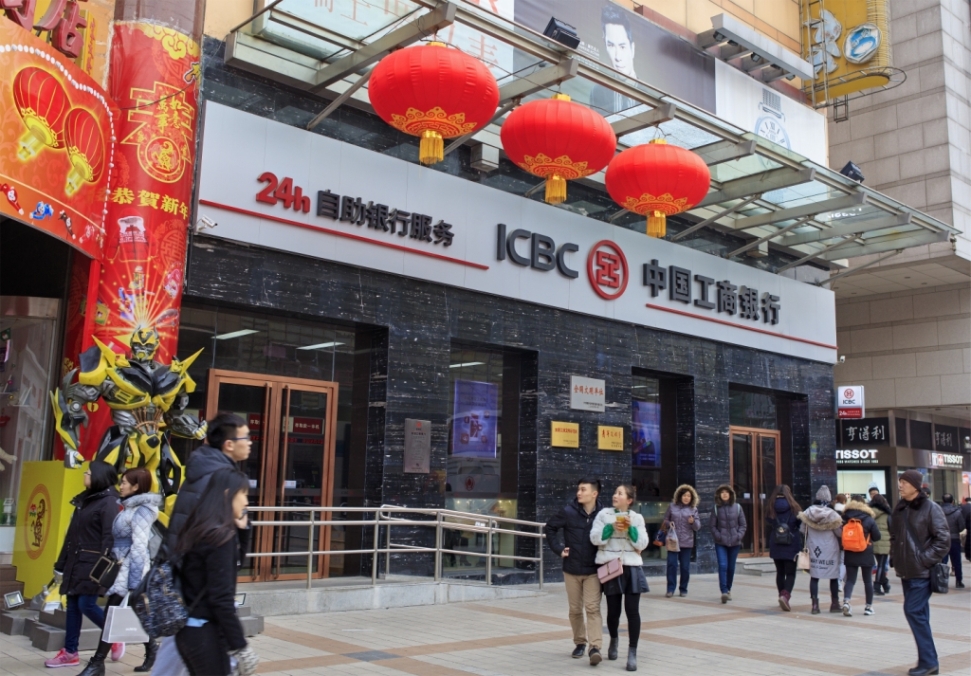
Here are the 4 latest trends in China's banking sector
Banks are confident on 2017 asset quality.
Analysts at Jefferies did a company visit tour in Beijing with mixed feedback: 1) Banking regulation likely gets tighter and will remain so for some time. 2) YTD loan demand is strong and new loan allocation is in line with 2016. 3) Despite anecdotal NPL cases, banks are confident on 2017 asset quality. And 4) small banks will have more NIM pressure. Given the substantial regulatory change, we believe investors should stay with the high-quality banks.
Here's more from Jefferies:
Tight regulations will last. Beijing will likely further tighten financial regulation to avoid systemic financial risk and to facilitate physical economic de-leveraging. Bank managers believe that a tighter regulatory environment will last for quite a long time and will bring sizable impact on bank operations, particularly in areas like asset-liability management, credit allocation, loan classification, NPL disclosure, and corporate governance. Ultimately, tighter regulation will force weak and speculative banks to slow down and hence we will see substantial divergence among banks' delivery.
Strong loan demand. YTD loan demand remains very strong and banks have to turn down or delay some loan applications. Similar to 2016, banks allocate the majority of new credits to retail customers (mortgage mainly), infrastructure projects or corporate capital expenditure.
Loan quality outlook remains optimistic. Banks claim that they have been cautious in underwriting new loans in Northeastern China for some time and they see more loan upgrades in coastal regions. Also, banks substantially reduced loan exposure to risky sectors, hence asset quality outlook remains optimistic.
Margin trend varies. Large banks claim their sequential margin trends will be flat while small banks are likely to see further margin compression. Overall, tighter regulation pushes up wholesale funding cost and squeezes weak deposit banks more.






















 Advertise
Advertise






